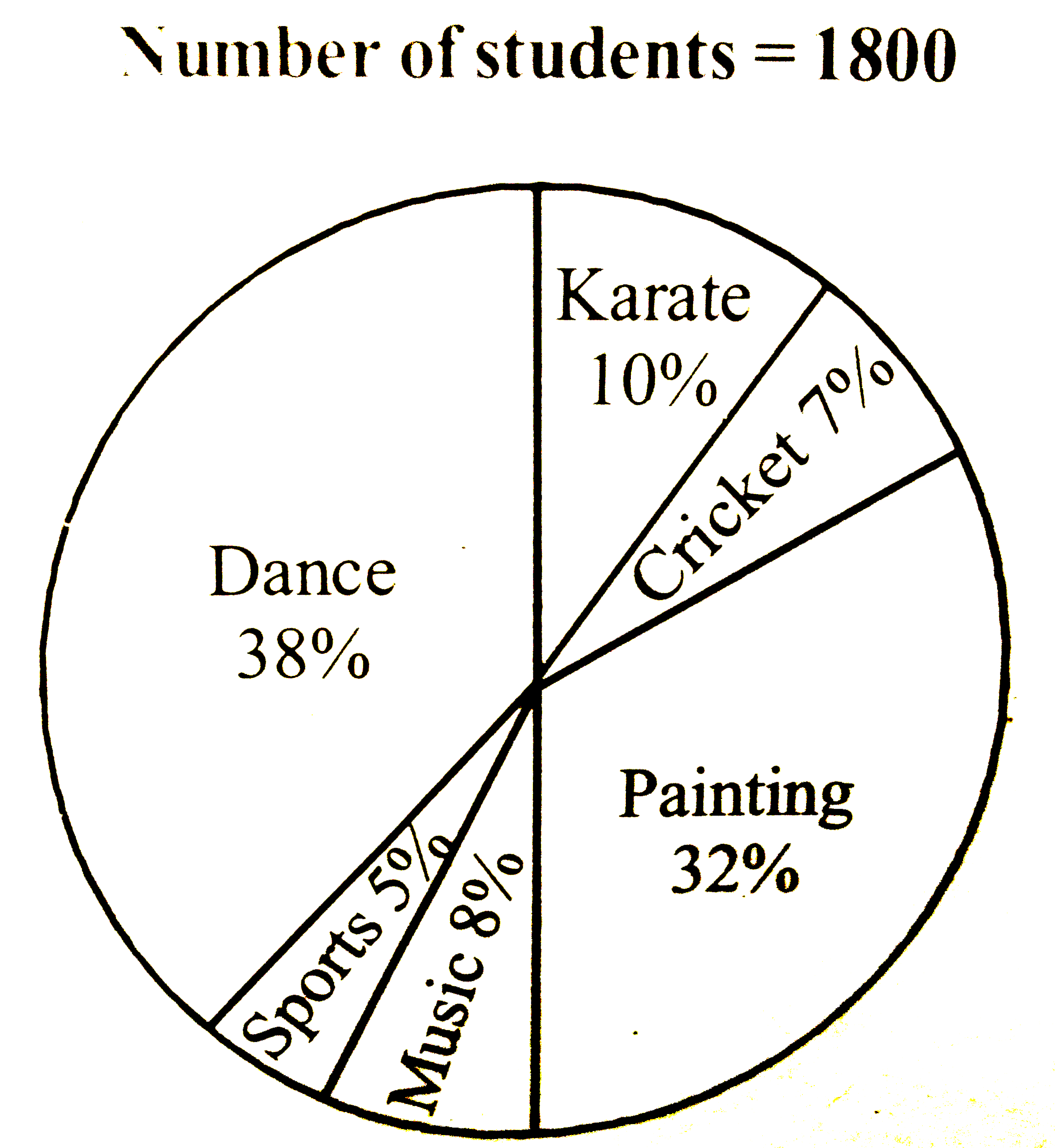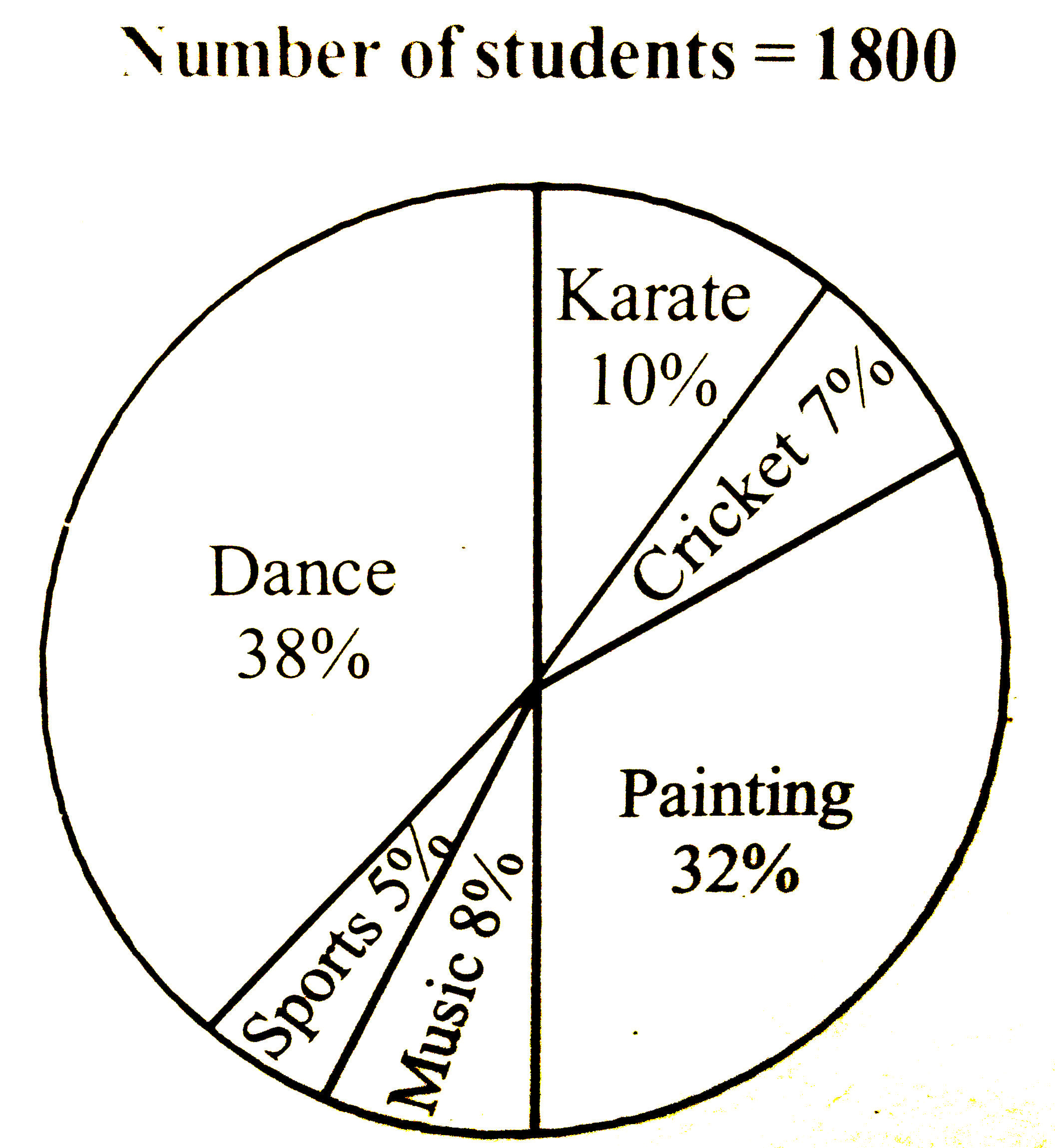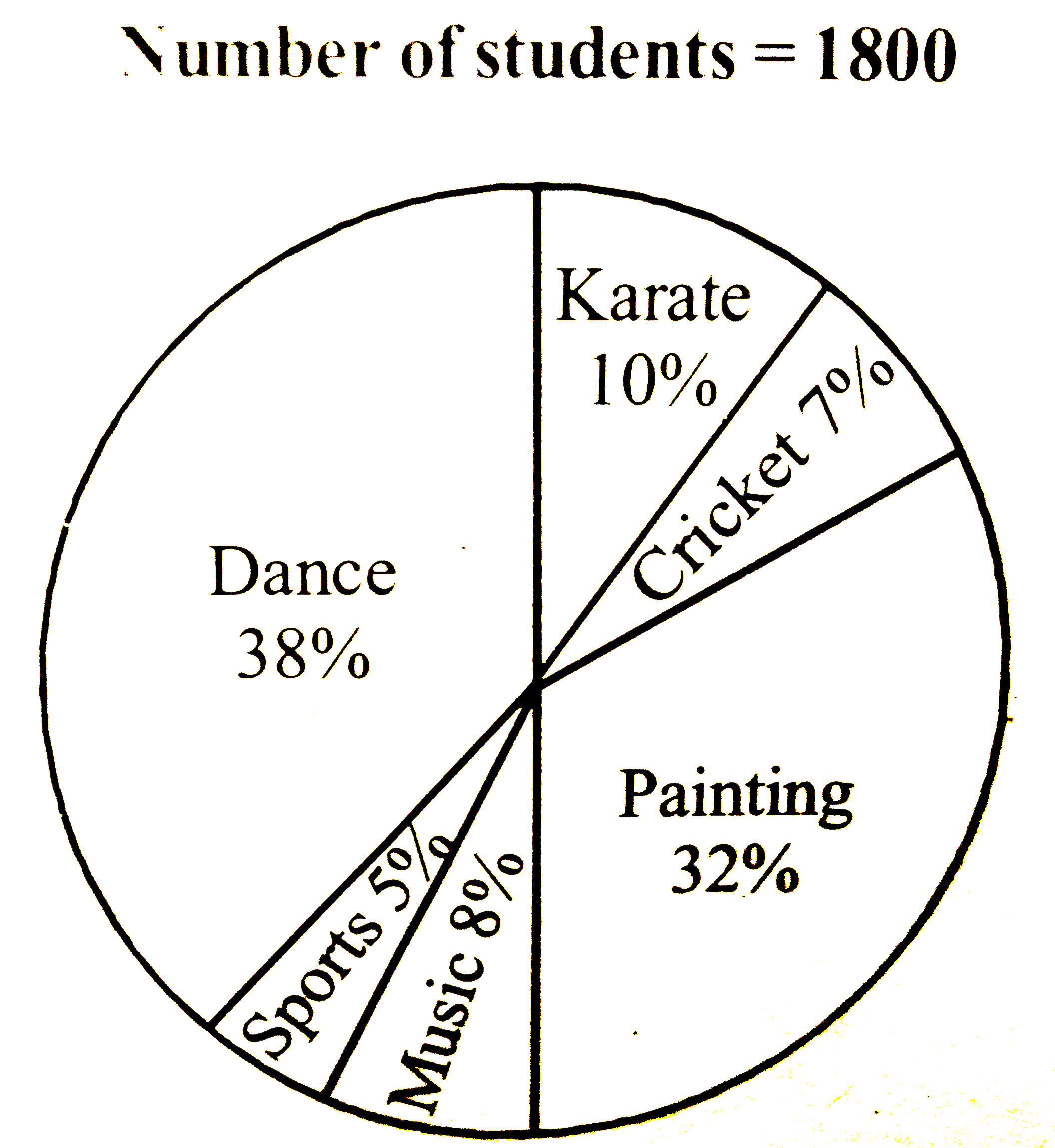In a Business school there are 3 electives offered to the students, where students have a choice of not choosing any electives. 70% students opted for Marketing, 60% students opted for HR and 50% students opted for Finance. 30% students opted for Marketing and HR both, 40% opted for HR and Finance both, 20% opted for Marketing and Finance both. What is the minimum number of students opted for all 3 electives?
To solve the problem step by step, we will use the principle of inclusion-exclusion and set up a Venn diagram to visualize the data.
Step 1: Define the Sets
Let:
- M = set of students who opted for Marketing
- H = set of students who opted for HR
- F = set of students who opted for Finance
Given data:
- |M|=70%
- |H|=60%
- |F|=50%
- |M∩H|=30%
- |H∩F|=40%
- |M∩F|=20%
Step 2: Set Up the Venn Diagram
Let x be the percentage of students who opted for all three electives (i.e., |M∩H∩F|=x).
From the intersections, we can express the students who opted for two electives as:
- Students who opted for both Marketing and HR but not Finance: |M∩H|−x=30−x
- Students who opted for both HR and Finance but not Marketing: |H∩F|−x=40−x
- Students who opted for both Marketing and Finance but not HR: |M∩F|−x=20−x
Step 3: Calculate the Total Percentage
Using the principle of inclusion-exclusion, the total percentage of students who opted for at least one elective can be expressed as:
|M∪H∪F|=|M|+|H|+|F|−|M∩H|−|H∩F|−|M∩F|+|M∩H∩F|
Substituting the values we have:
|M∪H∪F|=70+60+50−30−40−20+x
|M∪H∪F|=90+x
Step 4: Determine Constraints
Since the total percentage of students cannot exceed 100%, we have:
90+x≤100
This simplifies to:
x≤10
Step 5: Find the Minimum Value of x
To find the minimum value of x, we need to ensure that the number of students in each category remains non-negative. The conditions we need to check are:
1. 30−x≥0 (for students in M∩H)
2. 40−x≥0 (for students in H∩F)
3. 20−x≥0 (for students in M∩F)
From these inequalities:
1. x≤30
2. x≤40
3. x≤20
The most restrictive condition is x≤20. However, since we also have x≤10 from the total percentage constraint, we can conclude that the minimum value of x must be 10.
Conclusion
Thus, the minimum number of students who opted for all three electives is:
10
Let:
- M = set of students who opted for Marketing
- H = set of students who opted for HR
- F = set of students who opted for Finance
- |M|=70%
- |H|=60%
- |F|=50%
- |M∩H|=30%
- |H∩F|=40%
- |M∩F|=20%
Let x be the percentage of students who opted for all three electives (i.e., |M∩H∩F|=x).
- Students who opted for both Marketing and HR but not Finance: |M∩H|−x=30−x
- Students who opted for both HR and Finance but not Marketing: |H∩F|−x=40−x
- Students who opted for both Marketing and Finance but not HR: |M∩F|−x=20−x
Using the principle of inclusion-exclusion, the total percentage of students who opted for at least one elective can be expressed as:
|M∪H∪F|=|M|+|H|+|F|−|M∩H|−|H∩F|−|M∩F|+|M∩H∩F|
Substituting the values we have:
|M∪H∪F|=70+60+50−30−40−20+x
|M∪H∪F|=90+x
Since the total percentage of students cannot exceed 100%, we have:
90+x≤100
This simplifies to:
x≤10
To find the minimum value of x, we need to ensure that the number of students in each category remains non-negative. The conditions we need to check are:
1. 30−x≥0 (for students in M∩H)
2. 40−x≥0 (for students in H∩F)
3. 20−x≥0 (for students in M∩F)
1. x≤30
2. x≤40
3. x≤20
Thus, the minimum number of students who opted for all three electives is:
10
Topper's Solved these Questions
Similar Questions
In a Business school there are 3 electives offered to the students, where students have a choice of not choosing any electives. 70% students opted for Marketing, 60% students opted for HR and 50% students opted for Finance. 30% students opted for Marketing and HR both, 40% opted for HR and Finance both, 20% opted for Marketing and Finance both. What is the maximum number of students opted for all 3 electives?
View Solution
What is the number of students who opted for dancing ?
View Solution
Knowledge Check
In the IGNOU (Indira Gandhi National Open University) there are total 16,000 students pursuing MBA, which offers the specialization only in Finance, HR and Marketing IGNOU accepts only Science, Commerce and Engineering Students for the two years course of MBA. The number of science. students is 166.66% of the Commerce students. Number of Engineering students is equal to the number of Science and Commerce students together. Each student can specialize in only one of the marketing , HR and Finance, 20% of Science students opted the Finance, which is 16.66% less than the no. of commerce students who opted Finance. The total Finance students is equal to 18% the total strength of the MBA students. 32% of Science students opted HR. Commerce students who opted HR is equal to 25% of total students specializing in Finance and Engineering students equal to 6.5% of the total strength of the MBA students opted HR.
The number of Engineering students who opted marketing is :A7850B7500C8850Dnone of theseIn the IGNOU (Indira Gandhi National Open University) there are total 16,000 students pursuing MBA, which offers the specialization only in Finance, HR and Marketing IGNOU accepts only Science, Commerce and Engineering Students for the two years course of MBA. The number of science. students is 166.66% of the Commerce students. Number of Engineering students is equal to the number of Science and Commerce students together. Each student can specialize in only one of the marketing , HR and Finance, 20% of Science students opted the Finance, which is 16.66% less than the no. of commerce students who opted Finance. The total Finance students is equal to 18% the total strength of the MBA students. 32% of Science students opted HR. Commerce students who opted HR is equal to 25% of total students specializing in Finance and Engineering students equal to 6.5% of the total strength of the MBA students opted HR.
The percentage of Commerce students who opted HR over the total strength of the MBA students is :A6.6%B42.5%C4.5%D62.5%In a class of 50 students, 35 opted for Mathematics and 37 opted for Biology . How have opted for only Mathematics ? (Assume that each student has to opt for at least one of the subjects )
A15B17C13D19

Find the central angle of total number of students who opted for History ?
View Solution
How many students have opted for cricket and painting together ?
View Solution
By What percent is the number of students who opted for cricket and dancing together more than those who opted for painting and music together ?
View Solution
What is the respective ratio between the number of students who opted for painting and that who opted for Karate ?
View SolutionIn a school some of the students opted for the NSS and some opted for gardening. Three times the number of students opting for NSS is 10 less than twice the number of students opting for gardening. One-third the number of students opting for NSS is equal to one-fifth the number of students opting for gardening. Find the number of students opting for NSS and gardening respectively.
View Solution
